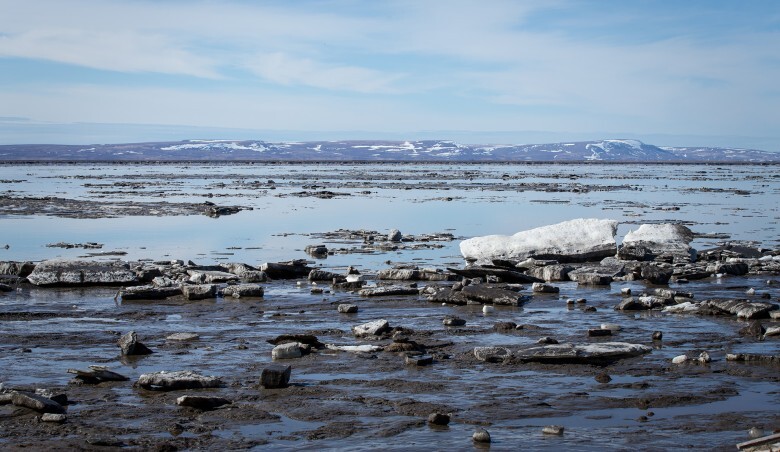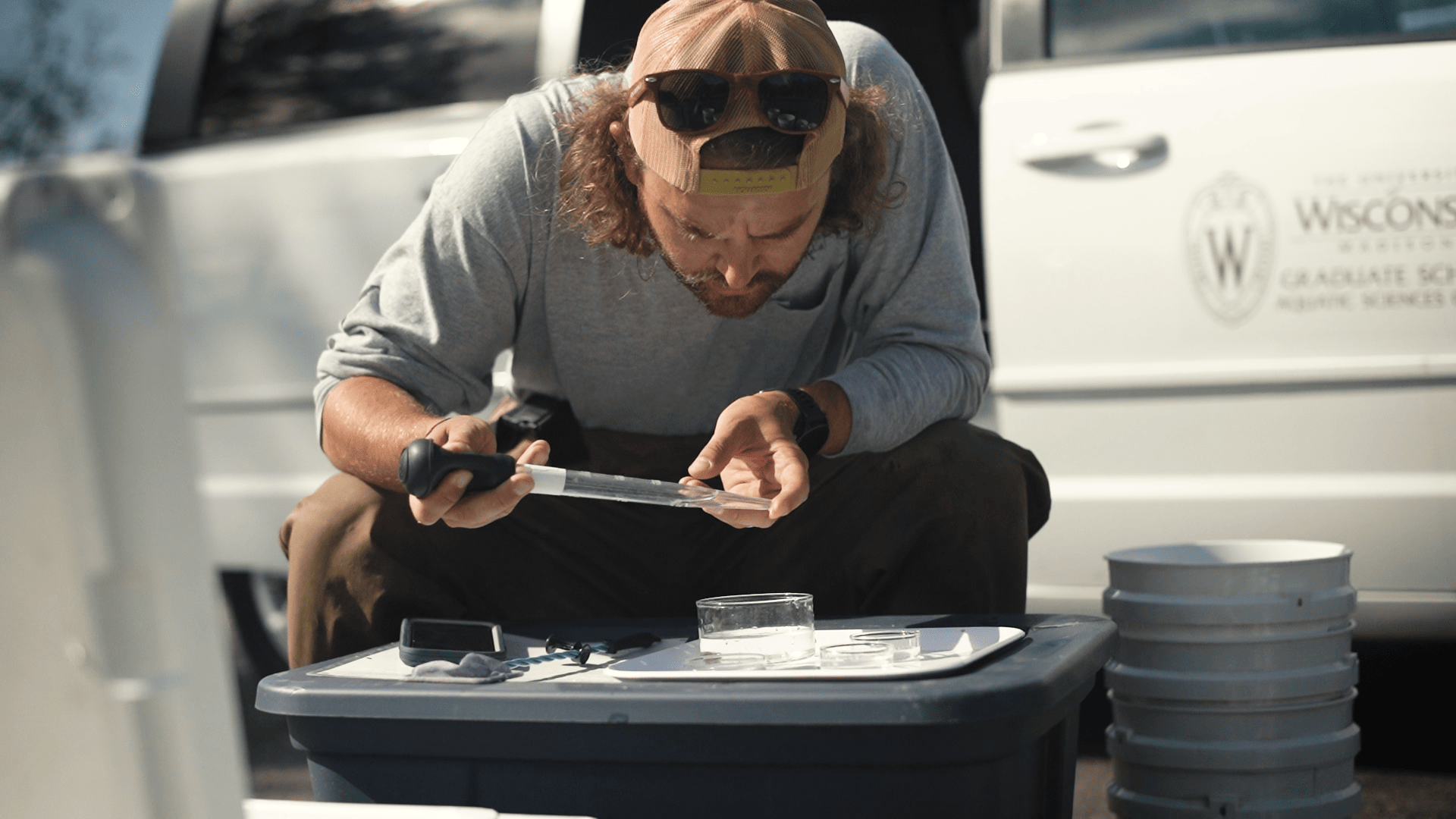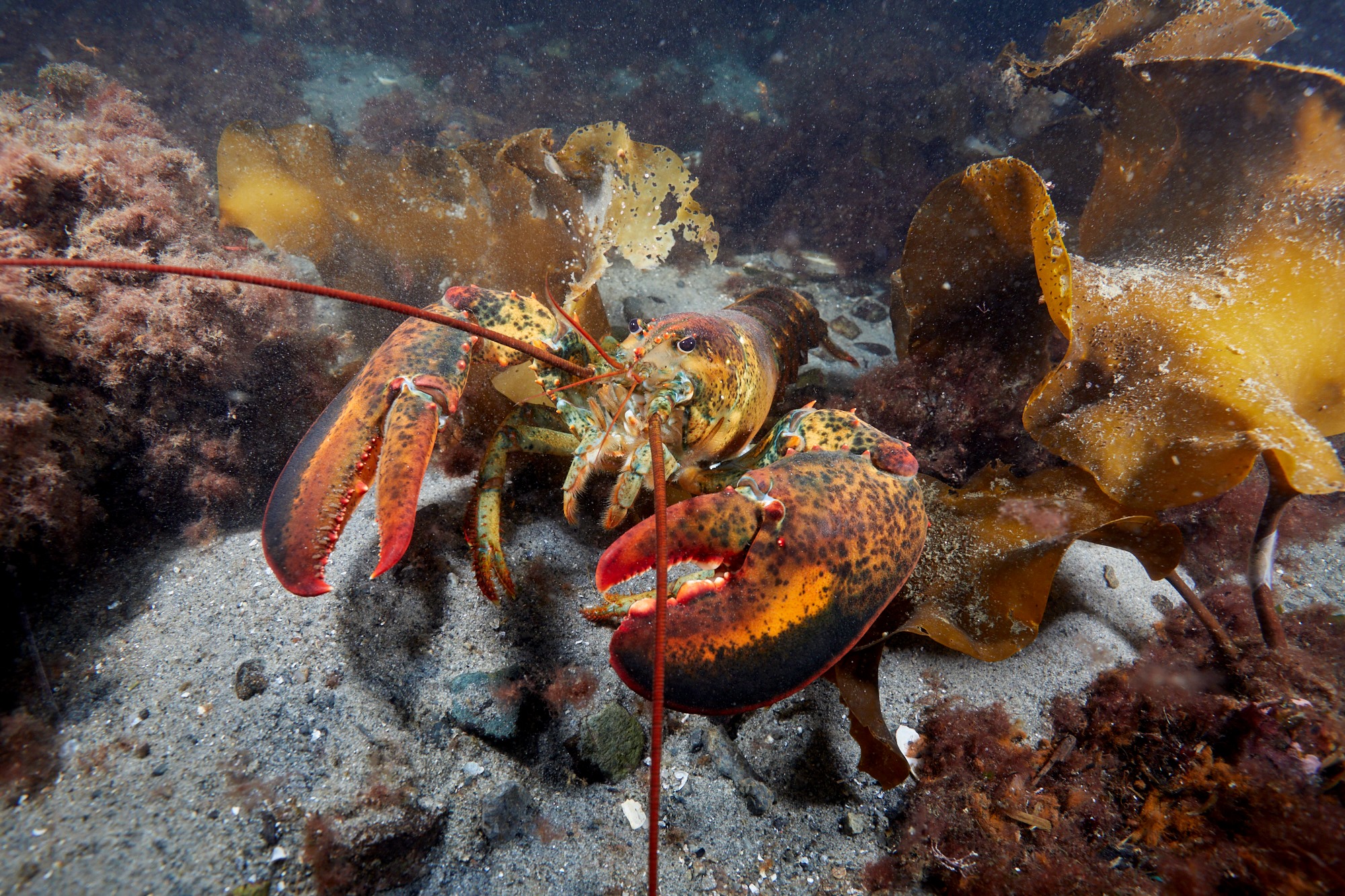By Niall Dunne, Washington Sea Grant
With its long history of mining, forestry and fishing, the Pacific Northwest is no stranger to conflicts over natural resources.
In recent years, one such conflict in and around the waters of southern Puget Sound is commercial geoduck clam aquaculture. Farming of the giant clam has steadily expanded in the region’s privately owned tidelands since the mid-1990s, despite the opposition of some shoreline homeowners and conservationists concerned by its environmental impacts.
From 2007 to 2013, at the request of the State Legislature, Washington Sea Grant coordinated an intensive research program looking at the ecological effects of geoduck aquaculture, and it has continued to support related studies. To date, the results have found no serious ecosystem effects. A 2015 modeling study showed that the food web in the central Sound could support a doubling of current geoduck production levels, with only minor changes in individual species biomass or overall ecosystem resilience.
Recognizing that this research has done little to ease the concerns of some stakeholder groups, Washington Sea Grant has funded a two-year study examining the social and policy dimensions of the geoduck aquaculture conflict. The results, published in Coastal Management, reveal a complex set of issues that include not only concerns about ecological sustainability, but also conflicting values and perceptions about shoreline aesthetics, the regulatory process and industry economics.
Resolving these broader controversies may be important for the long-term viability of the fishery.
“Unless you have social understanding and acceptance of your activities, it can be difficult to move forward with them,”
says Clare Ryan, the study lead and a professor of natural resource policy in the University of Washington School of Environmental and Forest Resources.
The farming process
In Puget Sound, intertidal geoduck aquaculture occurs on roughly 200 acres of mainly private and tribal tidelands. Farm sizes range from about a half-acre to five acres. Several government agencies are involved in the permitting process. Clams reach market size in five to seven years. At the beginning of the process, nursery-raised “seed” clams are placed in the sand and protected from predators such as crabs and birds using an array of PVC tubes draped with netting. The tubes and netting are removed after two years, when the geoducks are safely nestled underground. Harvesters use low-pressure water hoses to liquefy surrounding sediment and allow extraction of mature clams.
It’s a profitable business. Geoducks fetch up to $25 per pound at the dock and up to $125 per pound on the Asian market, where about 95 percent of the harvest is exported. The farming gear, harvesting methods and the distribution of large profits are all points of contention in the geoduck conflict.
Interview concerns
For Ryan’s study, University of Washington graduate students conducted interviews with individuals representing a variety of viewpoints related to geoduck farming, as well as analyzing the decisions of state land-use hearing boards on challenges to geoduck aquaculture permits. The students interviewed 23 key players in the conflict, including homeowners, shellfish industry representatives and representatives of environmental organizations and governments. Based on responses to a series of open-ended questions, the research team identified six main categories of concern: aesthetic, recreational, land-use, ecological, political/ regulatory and economic.
Opinions varied widely. Regarding aesthetics, for example, some homeowners complained about garbage spreading from farm sites to public and private beaches and about noise and light pollution from harvesting operations. They also objected to seeing dense rows of upright PVC piping studding beaches. Other respondents, however, felt that the visual impacts of the aquaculture were minimal.
Politically, some respondents felt that the geoduck industry was over-supported by government agencies, while others maintained that the current labyrinth of regulations was not conducive to industry growth. Ecologically, some respondents claimed that previous scientific research was biased by its funding sources. Others had doubts about the small temporal and spatial scale of the research. Yet other respondents felt the research was quite reliable and properly conducted.
Economically, some commented positively about potential job growth, while others felt that the jobs would be low in quality and number. Some expressed concern about profits going overseas rather than staying in the local economy.
“Many of the drivers underlying the conflict are common to natural resource disputes,” says Ryan, “in particular, the uncertainty about information, lack of trust among stakeholders and the clash of values that takes place when people attach different meanings to—and form different bonds with—natural settings.”
Hearing board decisions
To understand the policy issues, Ryan and her team analyzed nine state hearing board permitting decisions that took place from 2010 to 2015. The concerns expressed in the hearings reflected those from the interviews: mainly, the ecological, aesthetic and recreational effects of the industry. None of the petitions resulted in the cancellation of a permit.
“In some cases, the issues may be solvable by neighbors just being good neighbors—for instance by farmers giving residents advance notice of upcoming harvesting operations,” says Ryan. But she also says that the hearing board system may not be addressing some of the fundamental drivers of the conflict.
Suggested strategies
Ryan and her colleagues and students developed three strategies that could help build trust among stakeholders: practicing and publicizing aquaculture best-management practices; incorporating “best available science” more explicitly into the permitting process; and joint fact-finding, in which stakeholders work together to collect data, analyze facts and come to shared decisions.
“Despite all the challenges revealed by the study, we did the study to see if there was any common ground among the stakeholders,” says Ryan. “And I think we did find some. Many folks we interviewed stated that Puget Sound has a beauty and pristine quality that should be preserved regardless of how the shorelines are used—and that seems like something to be hopeful about.”


